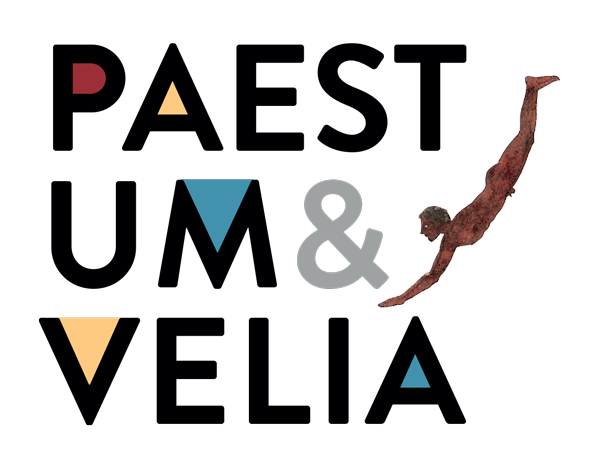 The portion of the ancient city that is visited today used to be its very heart, the location of the most important monuments: the two sanctuaries with the celebrated temples, the Greek agora and the Roman forum with its tabernae, the basilica and the macellum, the Greek ekklesiasterion and the Roman comitium (both places used for political meetings).
The portion of the ancient city that is visited today used to be its very heart, the location of the most important monuments: the two sanctuaries with the celebrated temples, the Greek agora and the Roman forum with its tabernae, the basilica and the macellum, the Greek ekklesiasterion and the Roman comitium (both places used for political meetings).
Not to mention the tomb of the hero who founded the city, and other temples, altars, thoroughfares, baths, and fountains. There were also luxury Roman dwellings (the Greek ones are being unearthed now) and the amphitheatre neatly cut in half.
Are you wondering why? Because, in 1829, the decision was taken to build the Lower Tyrrhenian road – which was to become State Road 18, a forebear of the Salerno-Reggio Calabria motorway – right next to the temples, so that travellers by horse-drawn carriage would be able to take a close look.
The amphitheatre had not been unearthed yet; once the digging works were completed, it was found to have been defaced. But it was not the only one to suffer because of the decision to protect a very small part of the large city of Paestum: a large part of the land within 5 kilometres from its magnificent walls – a good 120 hectares – is still privately owned and, over time, several modern dwellings have been built within the ancient city’s walls.
Even the Archaeological Museum stands over Roman buildings: visitors of its storerooms can still see a mighty Roman wall standing inside them. Today, thanks to a special law passed in 1957, building is no longer allowed, and the possibility of, at some point, excavating and finding out what Paestum still holds cannot be ruled out. Already visiting its centre – i.e. the 25 hectares owned by the State – reveals what a beautiful, magnificent and powerful city it was throughout antiquity.





